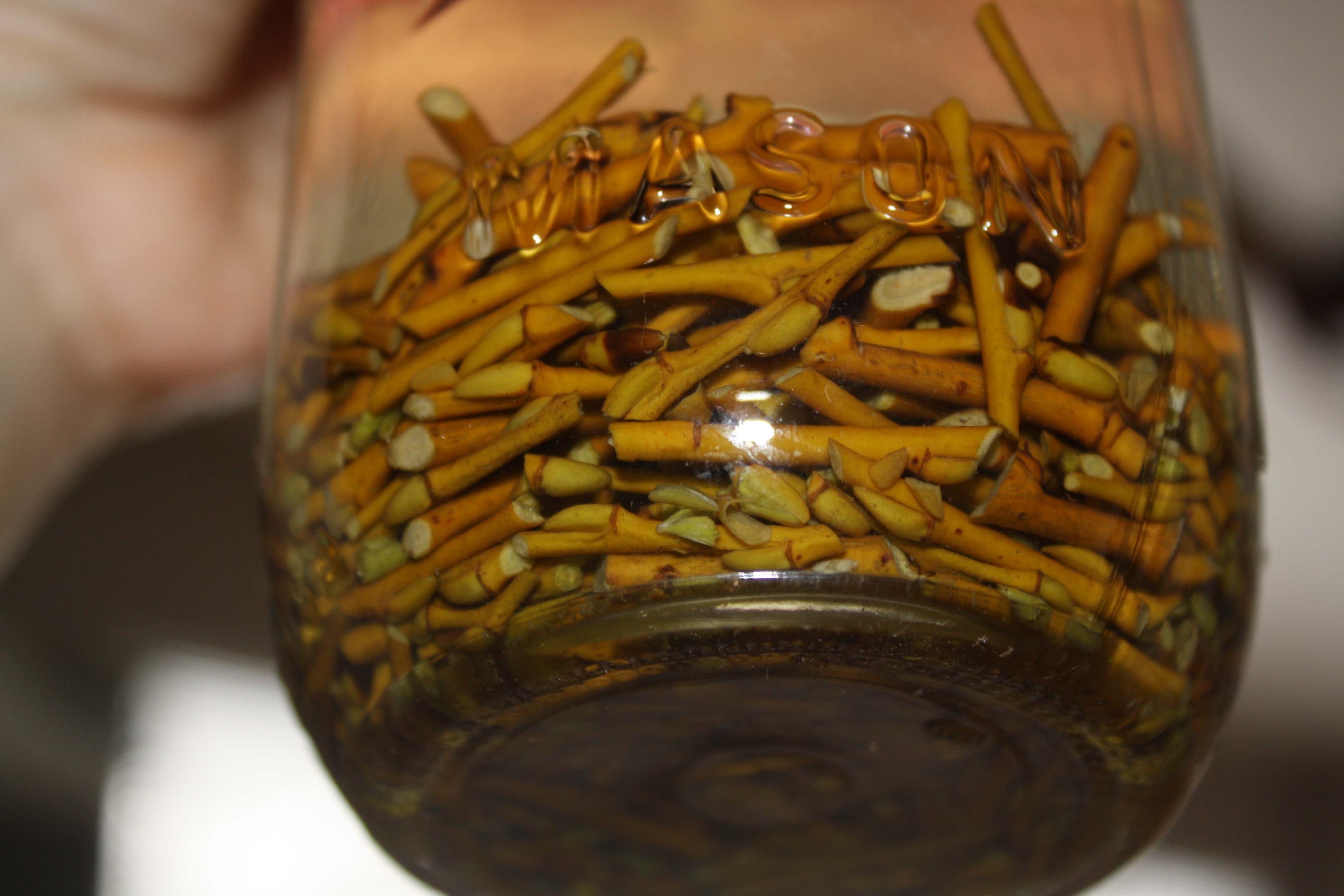How To Become More Self-Sufficient Without Starting a Full-Blown Farm…
Want to start preserving your harvest, making your own soap, or building a backyard root cellar — but not sure where to begin? “Homesteading Advice” gives you instant lifetime access to 35+ practical homesteading books on food preservation, veggie gardening, DIY natural cleaning products (save over $250 per year with this skill alone), brewing, off-grid energy, and a whole lot more…
Click Here To Check It Out Now!
“In the fifth century B.C., the Greek physician, Hippocrates, wrote that chewing bark of a willow tree could relieve pain and fever. (No wonder squirrels don’t get headaches.)
In 1829, the effective ingredient, salicin, was successfully isolated from willow bark.
Toward the end of the 19th century, The Bayer Company in Germany trademarked a stable form of acetylsalicylic acid, calling it “aspirin,” the “a” from acetyl, “spir” from Spiraea (the salicin they used came from meadowsweet, Spiraea ulmaria, subsequently renamed Filpendula ulmaria), and “in,” a common ending in drug nomenclature.
In the 20th century, over one trillion aspirin, the first medicine created by techniques of modern chemistry, were consumed globally to regulate blood vessel elasticity, reduce fevers and aches, prevent cardiovascular ailments, affect blood clotting, or ease inflammation…”

